Peas are well known in our territories. Many are grown on their homesteads. In addition, it is often used as an ingredient when preparing various dishes. Next, we will tell you more about the characteristics of pea, landing and care for this plant.
Culture characteristics
This culture refers to annual self-polishing plants from the legume family. Her homeland is considered South-West Asia. It was there that she began to be grown back in the distant Stone Age. Stems can reach a length of up to 0.27 m. At the end of the leaf cuffs there are a mustache, with which the stem clings to the support and holds the plant in a vertical position. It is known that most legumes are good sites. No exception is and peas that enriches the soil of nitrogen. This is possible due to the presence of useful microorganisms present on the roots. They can absorb nitrogen from the atmosphere and "deliver" it into the soil.
Pea flowers usually have a white or marine violet shade. They themselves look like moths. The first flowers after sowing may appear in a month. In early grades, they appear in the sinuses of the 6th and 7th leaves. Later varieties have a little further from the stem. New flowers are added almost daily.
Peas is considered a self-polished plant. Despite this, it is not recommended to carry out a disembarking near several different varieties of this culture. Otherwise, perfection is possible.
The fruit of pea is Bob. Different culture varieties usually have fruits of various shapes, colors, size. Inside the pod can be 5-9 seeds, which are located in one row. They also depend on the variety of plants can be of different shape and color. Their surface is smooth or wrinkled. Seeds have a peel usually the same color as flowers.
As for the root system, the pea has a rod type. Roots are usually deep enough to sit in the soil and branched well. It is thanks to them that the plant can enrich the soil with useful nitrogen on which it grows.
Culture is made to divide into three groups:
- sugar
- loft
- semi-chamber.
The first of them differs in that it does not have partitions inside the pod. Usually these varieties are grown only to obtain immature beans. They together with seeds inside are used for cooking. As for the group of long-term varieties, there is a parchment layer on their internal flaps, due to which the fruits are considered unsuitable. They are usually grown for the sake of green peas, which is further preserved. Separately, you can select the semi-boiled grade of culture. He has a parchment layer only on the beans, which were already dried.
Brain varieties are considered to be top quality. They are inside each group. Their seeds have an angular square shape, and are very sweet to taste. The surface of the fruit is usually wrinkled.
Peas: Photo.
Preparation for landing
Before planting seeds, they need to be sorted to sneeze the battered and twisted. Those that were suitable for sowing, first need to warm up. After that, soak in a solution of water and boric acid for about 5 minutes. When the seeds are swollen enough, they can be planted into the soil. Growing pea is a simple occupation. After all, with proper preparation of seeds for landing, it even without the use of growth stimulants gives normal shoots.
How to plant peas
The peas will be best suited to the site where such cultures were grown as potatoes, cucumbers, pumpkin and cabbage. Especially useful will be under the predecessors of potash and phosphoric fertilizers. Thanks to this, the seeds of the peas will be more tend to taste. Do not make such feeders immediately before boarding. Otherwise, you risk getting a crop with a lot of tops and small pods. When spring comes, you can add compost.
When to plant peas? So, it can carry quite low temperatures. For example, shootouts without "experiencing" freezing to -5 degrees. Therefore, this culture is beginning to sow quite early. This is usually done in the last fewers of April, when the soil can dry. In the summer, the early grades of pea are desirable to squeeze no later than July 10.
The soil for planting this culture should be necessarily fertile. In addition, peas badly "coming around" if there is too much easily accessible nitrogen into the soil. He also requires enough light. It is rather demanding. Therefore, the best place to land this vegetable culture will be a sunny plot protected from wind.
By the way, you can plant not only pre-germinated seeds. Peas are planted as well in dry. But you should prepare it before landing. In particular, it is necessary to conduct activities aimed at defencing pests, especially from the nodule weevils. For this, peas can be held for 4-6 minutes in the solver of the acid. At the same time, the liter of water is enough to take 0.2 liters. Acids.
Normal sowing density is considered to be 85-120 seeds per 1 square meter. m. Depending on the composition of the soil, on the seed plot should be close to a depth of about 35-55 mm. Deeper it is recommended to plant on clay ground, and it is enough to close on the sandy lights to the minimum depth.
Pea growing technology implies pre-training beds. To do this, first with a flat chopper is made by a furrow 200-260 mm wide. At the same time, between the rows should be preserved a distance of about 500-550 mm. The finished bed is filled with a compost, which after it is necessary to mix with the ground. Then you need to distribute the seeds of pea. There is usually about 55 mm between them. Each peas is sprinkled by the Earth, which should be well sealing. If everything was done correctly, then the first shoots appear after 7-14 days.
Peas: Growing and Care
Peas does not require much care. It is enough just to cover shooters in time, water and pour a bed. After the emergence of the first germs, they need to be protected from attacking animals, and, in particular, birds. This can be done, covering it with a regular grid for fishing.
It should be noted that peas cannot normally carry hot weather. Therefore, in too warm days it should be abundantly watered. The norm in such a period is considered watering in the calculation of 9.5-10 liters of water per quarter. m. In normal cases, it should be poured at least once a week. By 1 square. M is enough to pour about 8-10 liters. water. When watering, you can also make nitrogen-phosphorus-potash fertilizers. So, in the period of flowering during irrigation, it is recommended to make mineral jerks for a couple of times. At the end of irrigation, it is necessary to carry out soil mulch. The soil around the pea should be periodically loosen. This is especially useful in the initial growth period.
The bustle of the pea should be configured. This needs to be done before the start of flowering. As a support, it is recommended to install every 0.5-1 m pegs. In addition, it is necessary to build horizontal guides. They can be made, for example, from rope or wire. This will avoid finding the stems on the ground, where they can start grew from excess moisture. In addition, on such supports they will be well ventilated and warm up in the sun.
After shootings have enough fixed and started growing, the grid should be tightened near them or set the rods. They are needed as a support for peas. Thanks to them, he can grow up. You can create a plot of a light metal mesh, which is secured for the corners of the site. It is well suited for the occasion of a two-round landing of pea. This method does not require garter. In addition, it is good because it protects plants from some pests, including rodents.
The first pea feeding time is usually chosen at the moment when the plants on the bed are achieved in length 80-95 mm. Then the re-procedure can be carried out once every two weeks. Re-feeding is not as important as watering. Water peas need systematically. This is especially true in dry weather. But in this matter you need to know the measure, because In excess of moisture, this culture also reacts poorly. When color appears on the plants, and the beans begin to pour, it is recommended to make watering regular and systematic. This includes a special schedule.
In the first season, the young pea can be trying in a couple of weeks after sowing. It should be collected very carefully. To increase the yield, the fruits are recommended to be separated during the ripening period daily. At the same time, only the strongest and appropriate should be clogged. If the pods were found on the stems who managed to perezy and dry, then they should be removed from the bush. This is done because they worsen the process of development and growth of young fruits.
Diseases and pests
Peas in the process of growing in the country may be subject to various pests. Therefore, you should know how to deal with parasites and diseases affecting this culture. From the famous pests the most dangerous is the pea fruit, well-known as a leaflet. These caterpillars during the winter are in the soil, after which they turn into butterflies, which, in turn, are postponed on the stems and leaves of the egg. Of these, as a result, caterpillars appear again, which are able to quickly emblorict young plants than very much reduce yields.
The appearance of parasites can be prevented using certain prophylactic measures:
- So, in the autumn, a plot under peas should be switched.
- Seying peas is better in the first warm spring days.
- Young sprouts are recommended to be treated with tobacco infusion, burdock roots or leaf cleaning. For the same purpose, you can use brazers of tomato treasures or wormwood.
One of the most unpleasant diseases for pea is mildew. This disease is able to hit almost all plants on the garden and significantly reduce the likelihood of obtaining a crop. To combat this ailment, use the infusion of a field alone. It is necessary to take 290 grams of the leaves of this plant, pour the water bucket and insist about 8-11 hours. Finished infusion should be sprayed all the landings. A week later, it is necessary to re-spray.
Cleaning and storage of harvest
The first crop of pea is going in the middle of summer. Moreover, the assembly of beans is made as they are matured. Therefore, you have to do this in several goals. Luxury varieties are usually starting to be separated when the grain value reaches maximum dimensions. In this case, there should be no grid on the sash. If it is, it means that the polka dot is overrelic.
The collecting blades of sugar varieties usually begins as they purchase a flat shape. At the same time, they must be gentle, fleshy and juicy. From 1 square m. Sowing such a variety can be collected 1-1.3 kg of harvest.
Fully remove the peas from the garden makes sense only when the lower pods ripe and dried. Cutting plants should be squeezed by bundles in some dark and dry room. It is here that they will have to completely mature.
Pea seeds are often used in dispense. The peas is used both in the fresh and canned form. Less often it is used dry or frozen. Fruits are often used to prepare various soups, meat dishes, salads. Often it serves as a decoration of a particular dish.

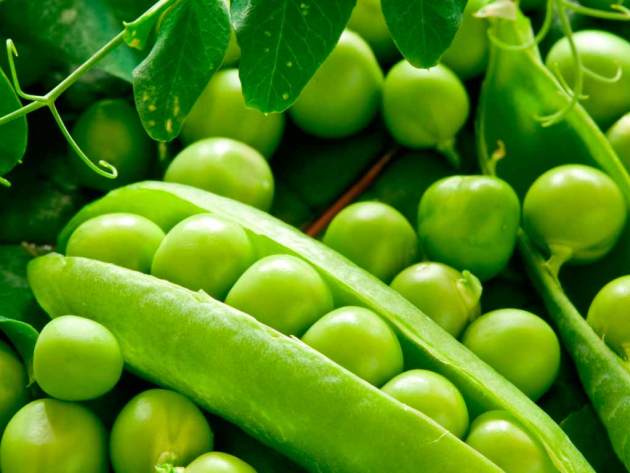
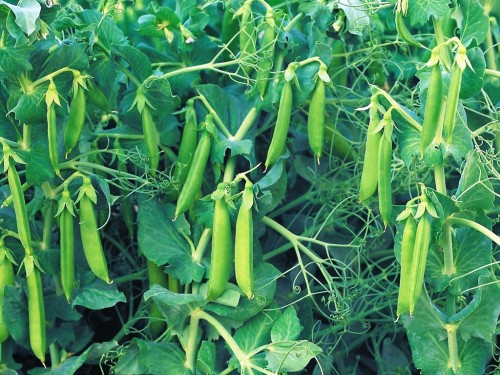
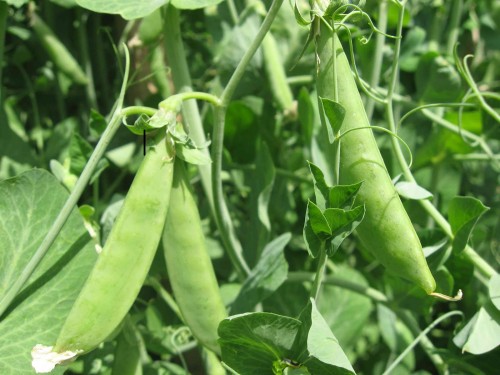
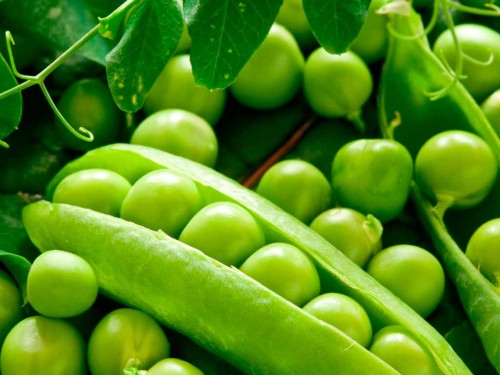
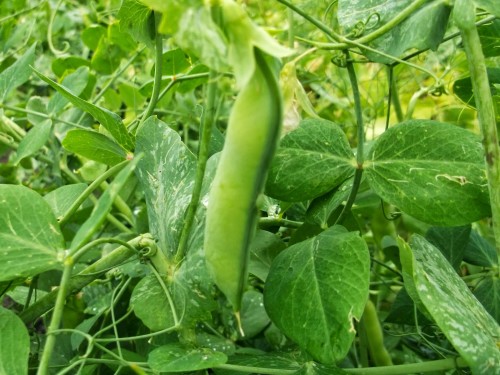
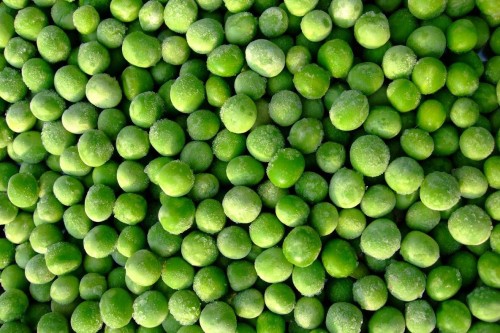
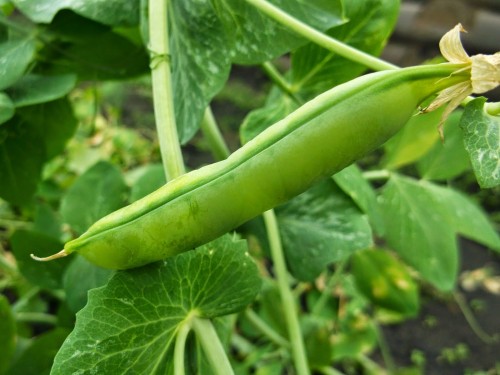

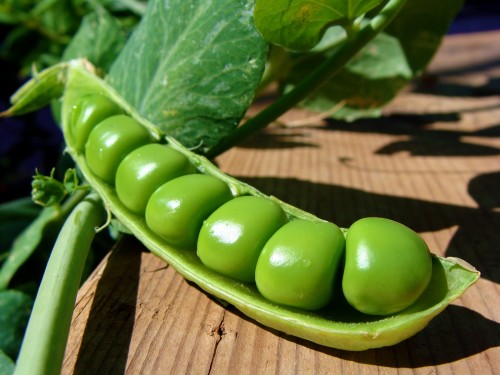
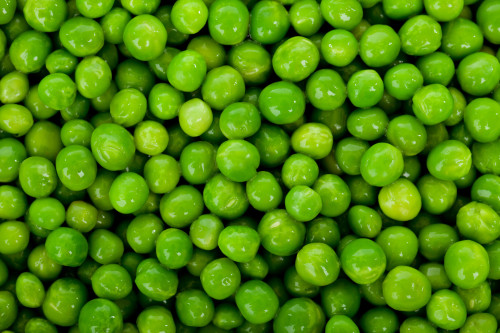




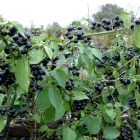
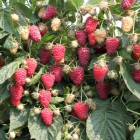
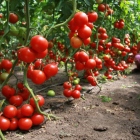
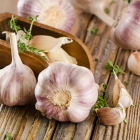
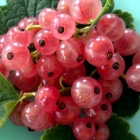
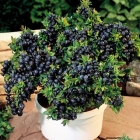
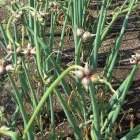
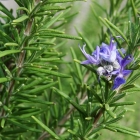
 Start a discussion ...
Start a discussion ...